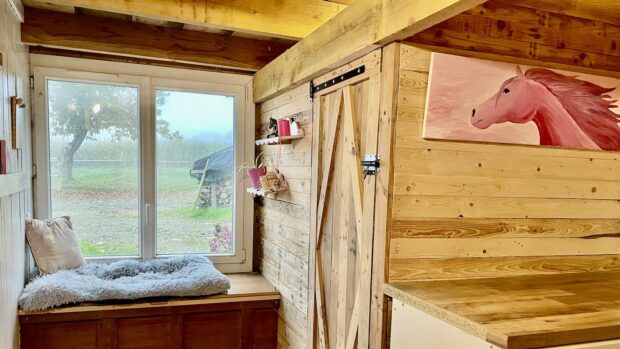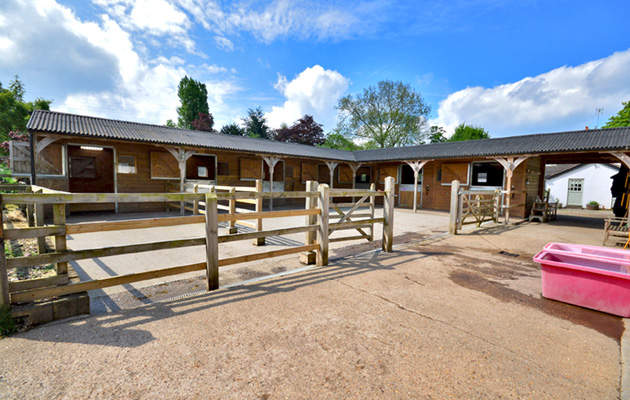“Prevention is better than cure” is a medical tenet that applies surprisingly well when choosing a tackroom because the right one can save you money — and headaches — by deterring thieves and keeping insurers happy in one fell swoop.
Security and convenience are the two paramount criteria, and sometimes there can be a trade-off between the two.
Take location, for instance. For an insurer, “the ideal is to have all tack stored in the secure and safe environment of the main home”, says Tim Long of Scrutton Bland Independent Insurance Brokers. But for an owner, the closer a tackroom is to the stables, the more convenient it is.
And as Britt Blower of estate agent Denton Clark adds: “If there is a purpose-built stableblock it’s useful to have an integrated tackroom — that way everything is to hand. But if the stables are standalone in a paddock, far from the property, the only completely secure option would be to have a boot and tackroom in the house.”
Of course, a purpose-built tackroom within eyesight and earshot of a groom’s cottage is an excellent alternative.
The good news is that “if you find a high-quality equestrian property, you usually find there’s a first-rate secure tackroom,” says Britt Blower, adding, “but it can be difficult to find such properties, in which case I would advise creating a tackroom out of an existing stable or outbuilding, or constructing one.”
Whether building or converting, the safest option is to go for a sturdy outbuilding. Ideally, it should be of brick, stone or concrete, materials hard to break into for both thieves and pesky rodents.
For extra security, a tackroom should never lean against another wooden structure, which could give a thief an easy way in. If this is unavoidable, interiors should be lined with metal mesh or robust wooden panels.
Similarly, adds Tim Long, it is crucial to pick a good roof.
“Tiles or slates are preferred but many will have corrugated iron. Try to avoid felt and timber from a fire-risk perspective,” he says.
Tim urges homeowners to talk to insurers before they start working on a tackroom to avoid problems with future insurance claims or retrospective fitting of security items, which can be expensive.
Obviously, security alone is not enough to make a good tackroom, and any building must be big enough and dry enough to suit the purpose.
“The tackroom’s size needs to reflect the size of the yard,” says Britt Blower. “Saddles and bridles hang mainly on racks and hooks on the wall, so it’s not necessary for it to be huge. But if boots, bandages etc are kept in the tackroom it may be advantageous to have more floor space for storage containers — and enough space for sitting and cleaning tack if you can’t do it outside due to the weather.”
Zoe Napier of Fenn Wright recommends a minimum floor size of 12x6ft and stresses the importance of having good ventilation and low-temperature heating so as not to dry the tack out but equally to avoid mildew.
For the same reason, choose windows and doors with care: the right ones will help keep the tackroom dry and ventilated, as well as secure. Doors should be reinforced with a steel sheet and have a very strong lock.
Tim Long recommends installing a good alarm system connected to the owner’s house or mobile phone, or a system with monitoring. A professional establishment should install CCTV.
Once these basic requirements are met, other “extras” will turn a tackroom from plain good to ab-fab.
“Good shelving to store rugs and belongings, a machine man enough to take equine washing, an alarm, and hot and cold water for cleaning tack are all favourites,” says Zoe Napier. “A painted, dust-free floor and plastered wall is the cream.”
This property feature was first published in Horse & Hound




